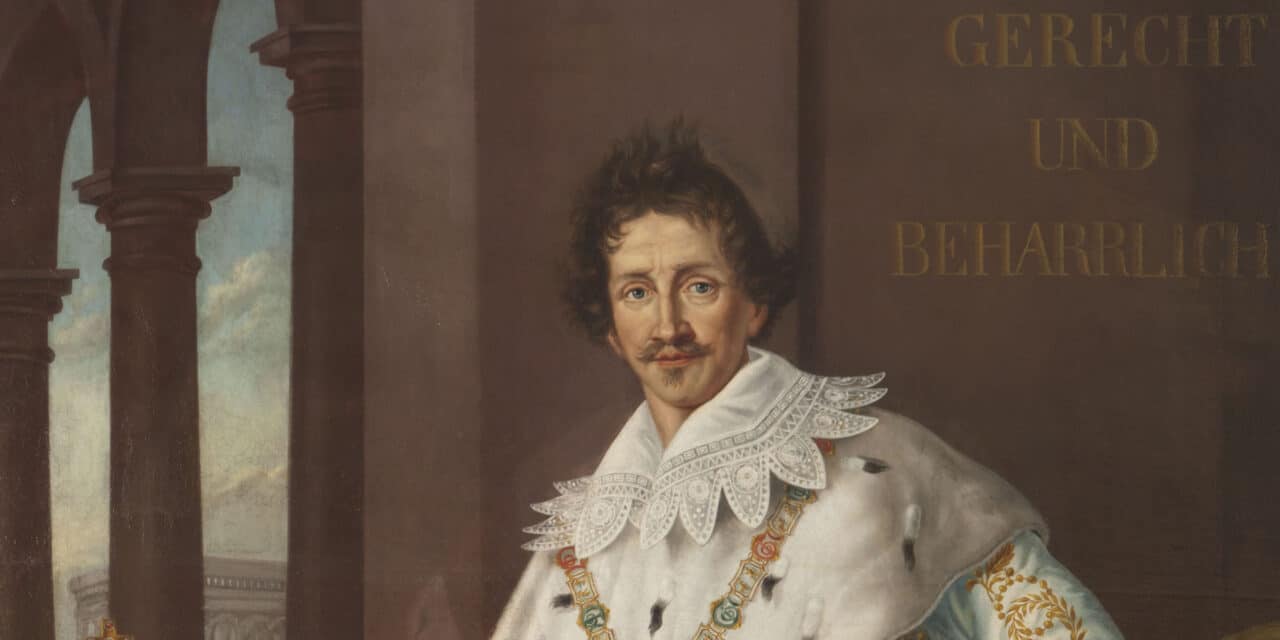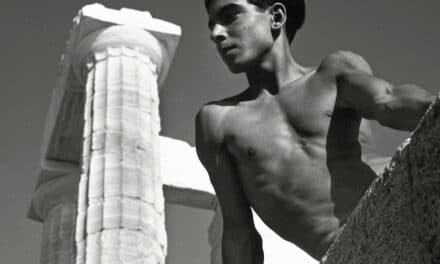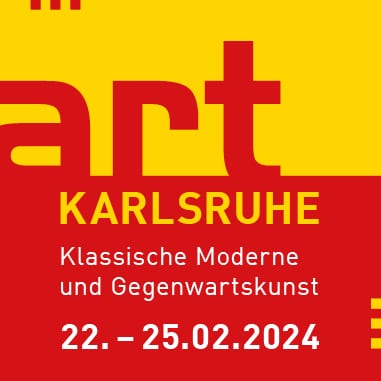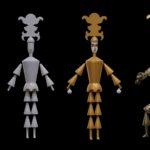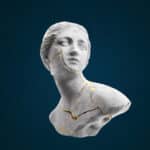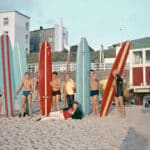King Ludwig I (1786- 1868) is primarily remembered as the Bavarian regent. It is far less well known that he felt a deep connection to today's Palatinate and left behind numerous traces that are still visible today. With the exhibition "King Ludwig I - Longing for the Palatinate", the Historical Museum of the Palatinate is dedicating itself to his life and work as a patron of art, culture and business until September 1, 2024. The show continues the series of cultural-historical exhibitions that place the regional history of the Palatinate in a European context.
Ludwig Karl August was born in Strasbourg on August 25, 1786, a date that is still known today as "Ludwig's Day". He died in Nice in 1868. The exhibition follows him from his childhood, which he spent in Mannheim and nearby Rohrbach, through his reign to his abdication in the fateful year of 1848, also covering very private topics such as his love affair with the dancer Lola Montez.
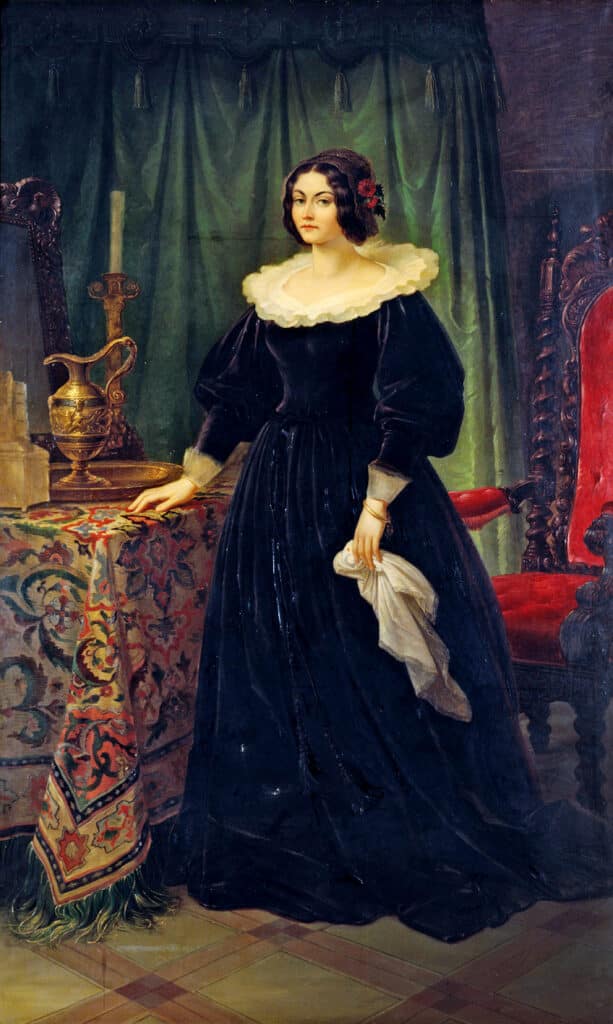
Lola Montez, the mistress of Ludwig I, painting by Wilhelm von Kaulbach, 1847, oil on canvas © Münchner Stadtmuseum, Sammlung Graphik / Gemälde
To this day, cultural monuments such as the neoclassical Villa Ludwigshöhe in Edenkoben bear witness to the close ties Ludwig I had with the Palatinate, which had belonged to Bavaria since 1816. In Speyer, the regent commissioned the painting of Speyer Cathedral in the Nazarene style. Shortly afterwards, he commissioned the construction of the western transept with the two front towers. He was also largely responsible for the expansion of industry and created the first east-west rail link through the Palatinate. Pioneers such as the engineer Paul Camille Denis worked for him.
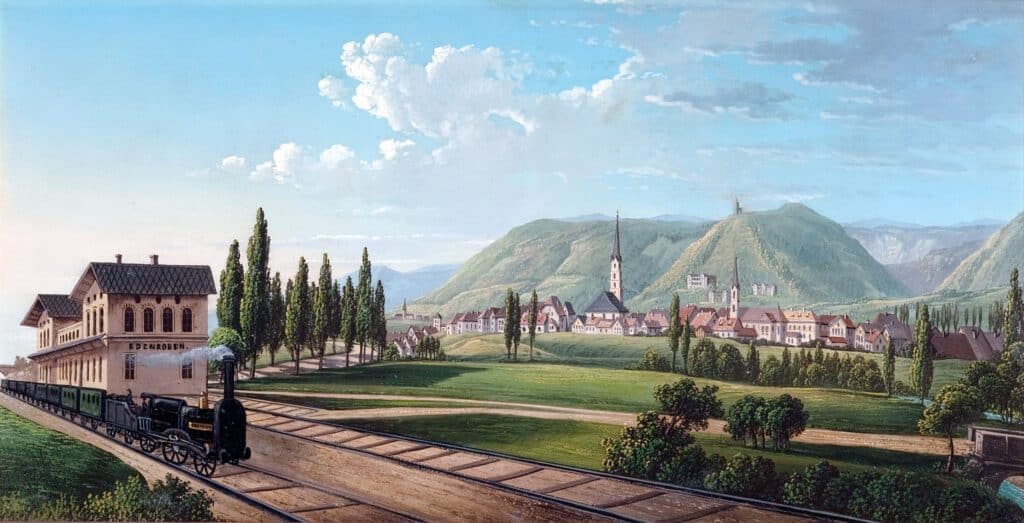
Depiction of the Edenkoben train station by Richard Höfle, around 1856, oil-based paint on zinc sheet © Historisches Museum der Pfalz Speyer
Works of art from the 18th and 19th centuries are complemented in the exhibition by excerpts from poems written by Ludwig I and from correspondence with his contemporaries.
Multimedia stations and video installations take the museum visitors on a journey through time. For example, visitors encounter an oversized, animated book that reports on the political developments during Ludwig's lifetime in changing images and texts. In the "Gallery of Beauties", visitors to the exhibition not only learn interesting facts about the early women's movement, but can also project themselves into one of the paintings.
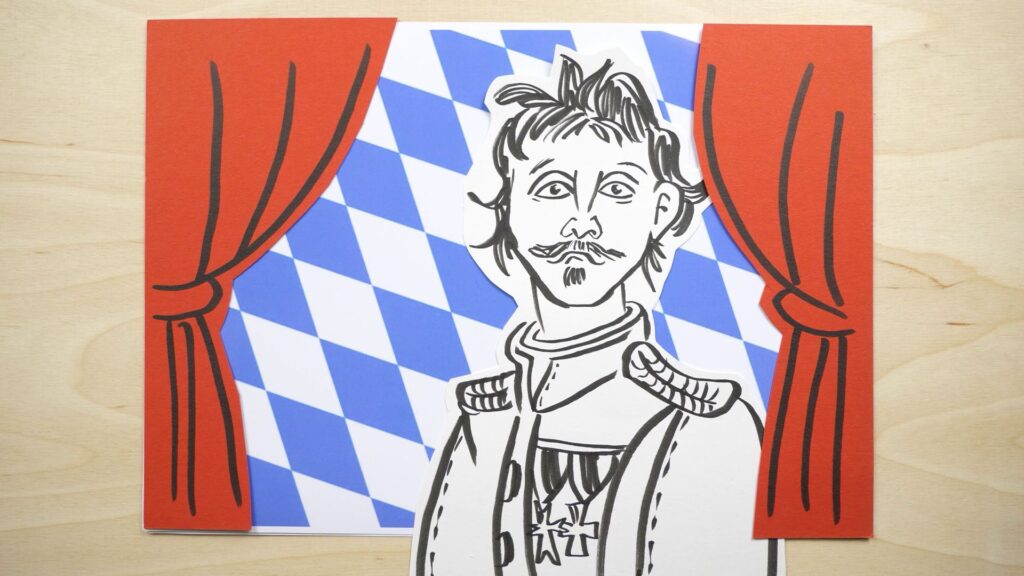
The artist duo Caro Matzko (text and narrator) and Elias Hauck (drawing and animation), known from the BR program "Ringlstetter", have created two animated short videos for the exhibition, which present the biography of King Ludwig I and his lover, the dancer Lola Montez, in a humorous and pointed way. Historical Museum of the Palatinate Speyer/Drawing: Elias Hauck
Carolin Matzko and illustrator Elias Hauck, both known from the BR TV show "Ringlstetter", portray the monarch and his lover "Lola Montez" in two comic videos with humor and a twinkle in their eyes. The museum app offers a guided tour of the exhibition entitled "Bavarian Speyer", following in Ludwig's footsteps around the cathedral square. One of the stops is the Bavaria, which was once located on the corner of Domplatz and Kleiner Pfaffengasse.
The exhibition is under the patronage of His Royal Highness Duke Franz of Bavaria.
September 17, 2023 to September 1, 2024
https://museum.speyer.de

